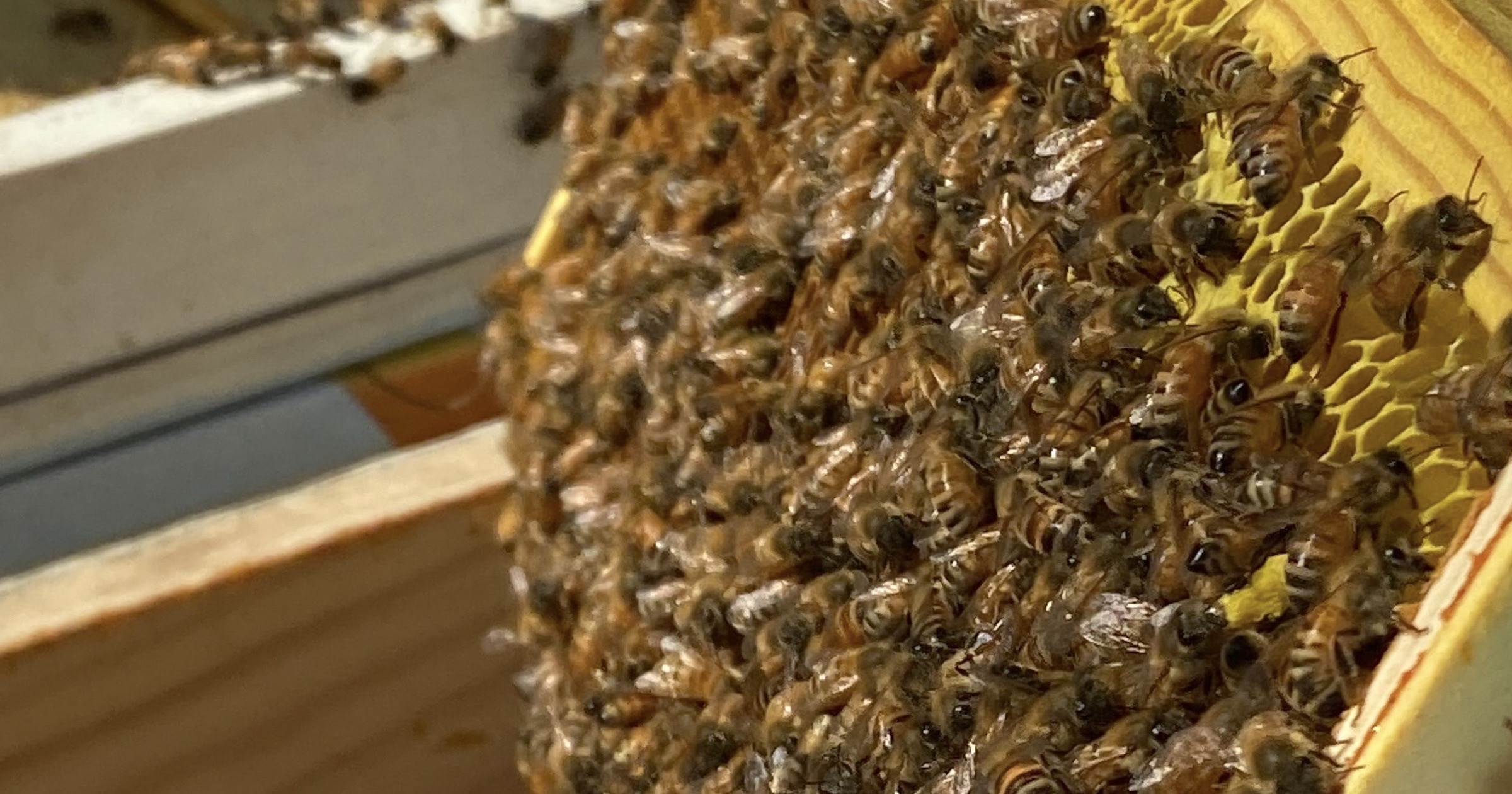 Evolution
Evolution
 Neuroscience & Mind
Neuroscience & Mind
Claim: Honeybees, “Like Humans,” Can Tell Odd Vs. Even Numbers

Recently, researchers, using sugar water, taught honeybees to distinguish odd from even numbers:
Our results showed the miniature brains of honeybees were able to understand the concepts of odd and even. So a large and complex human brain consisting of 86 billion neurons, and a miniature insect brain with about 960,000 neurons, could both categorize numbers by parity.
SCARLETT HOWARD, ADRIAN DYER, ANDREW GREENTREE AND JAIR GARCIA, “HONEYBEES JOIN HUMANS AS THE ONLY KNOWN ANIMALS THAT CAN TELL THE DIFFERENCE BETWEEN ODD AND EVEN NUMBERS” AT PHYS.ORG (APRIL 29, 2022) THE PAPER IS OPEN ACCESS.
That should, of course, be a hint that bees are probably using a much less complex process than humans.
Why Honeybees?
Bees would be useful for this sort of research because, as the researchers point out, “Studies have shown honeybees can learn to order quantities, perform simple addition and subtraction, match symbols with quantities and relate size and number concepts.”
Nature is founded on mathematics and it is hardly surprising that some life forms take advantage of that. In other examples:
- Optimization algorithms enable the ant colony to decide how many ants to send to a given food source and when to drastically reduce the number.
- Even in fruit flies, single neurons perform complex math. The fly wants something simple — to avoid getting swatted or to find some fruit, for example — but that requires some algebra.
- Brains are not required. Plants like the Venus flytrap can time things by the chemicals circulating in their systems.
Two Kinds of Counting
Numerical cognition researcher Silke Goebel points out that there are two different types of counting systems in play. Infants, fish, and bees can recognize changes in number between 1 and 3 but don’t get beyond that. A second, “approximate,” counting ability enables many life forms to detect differences between more and less in much larger numbers.
The easy equation of these natural processes with humans doing math (“a large and complex human brain consisting of 86 billion neurons, and a miniature insect brain with about 960,000 neurons”) is founded on a confusion. Humans do math abstractly. Ants and bees are programmed to perform calculations (in some cases, they can learn by conditioning).
In a study similar to the bee experiment, researchers are said to have taught fish to “do math.” Some test fish learned how to how to get food pellets that way. But the difficulty, as so often, lies with interpretation. Some of the fish tested could distinguish between “one more” and “one less” in sets of up to five items but they certainly were not doing abstract math.
Significantly, none of these life forms take the hint and independently go on to do other types of calculations or show any other interest in math.
Read the rest at Mind Matters News, published by Discovery Institute’s Bradley Center for Natural and Artificial Intelligence.
